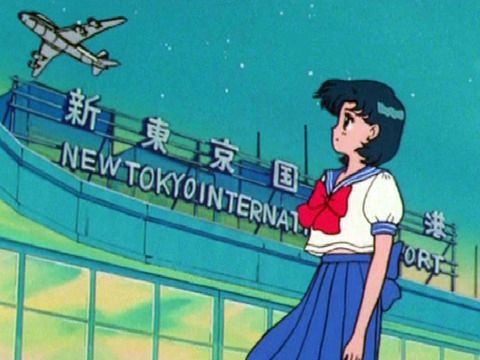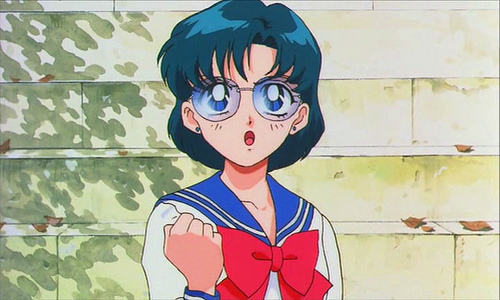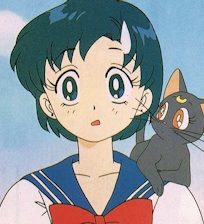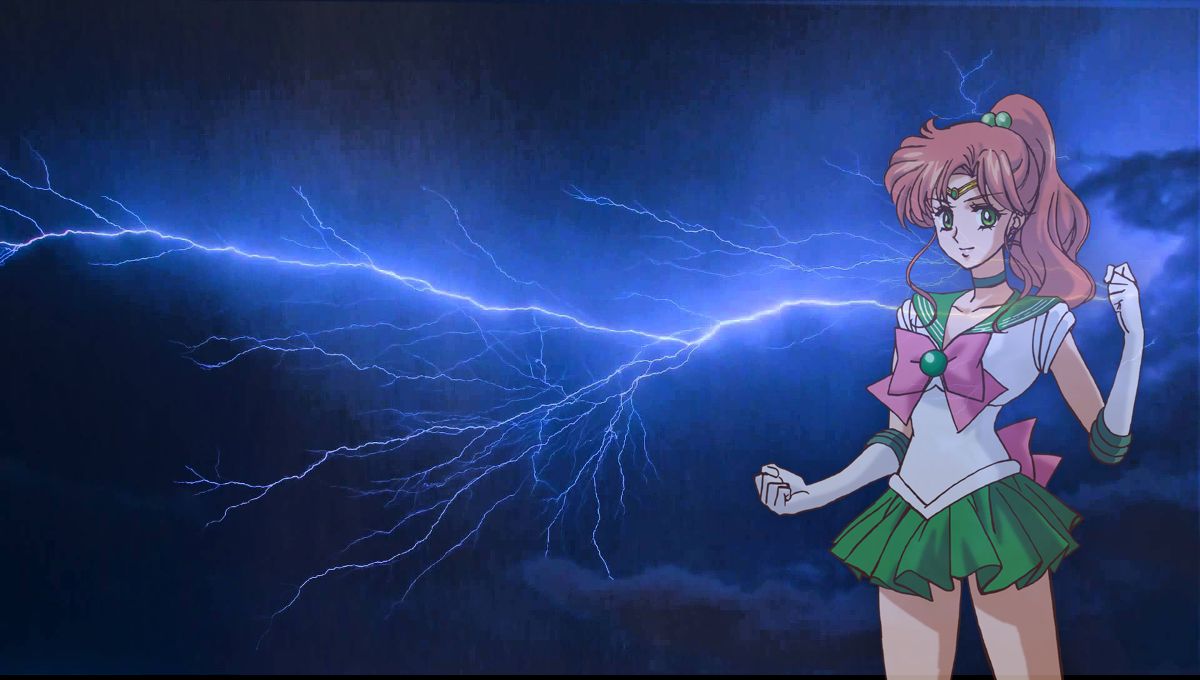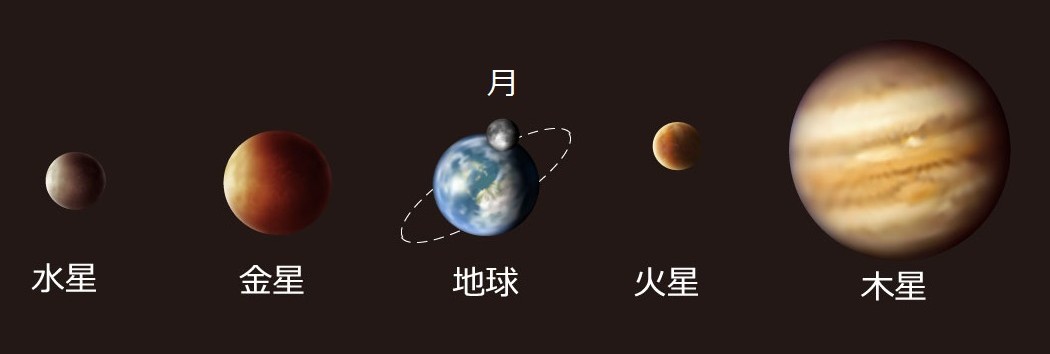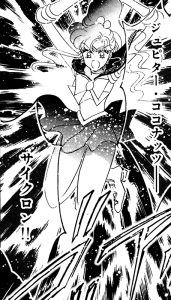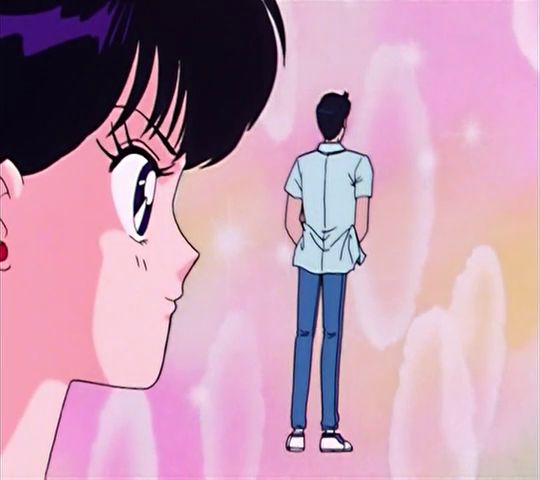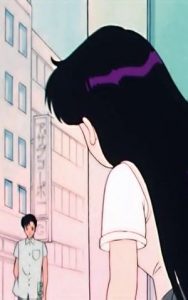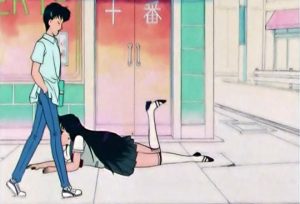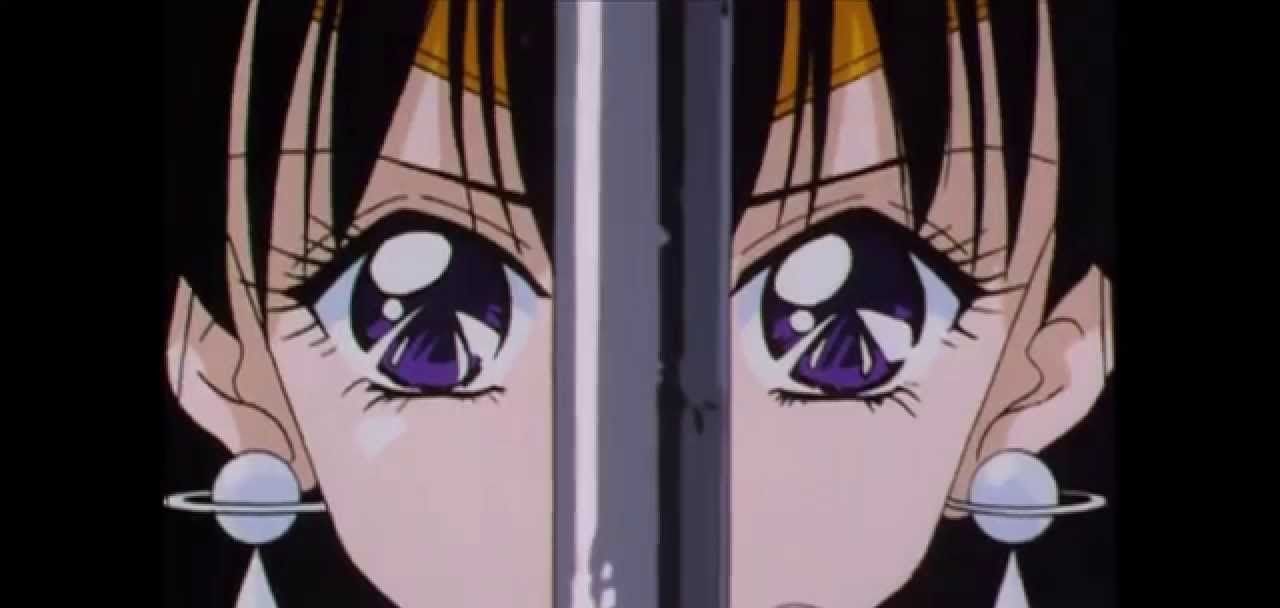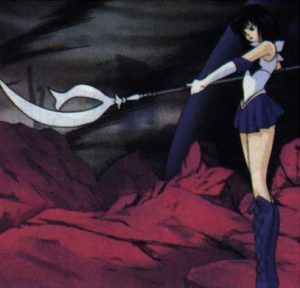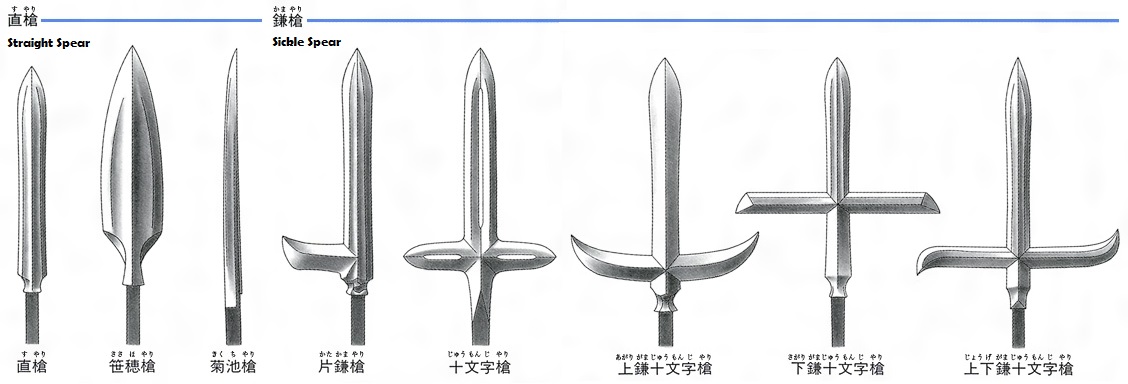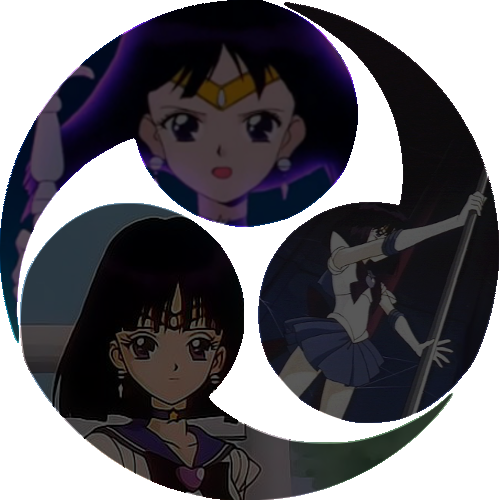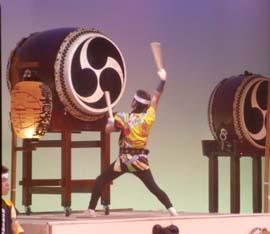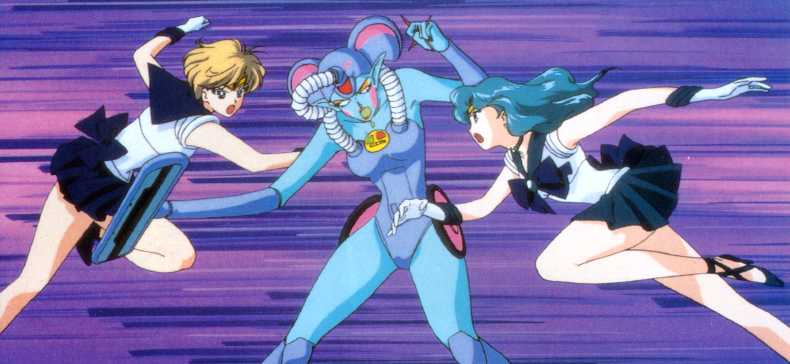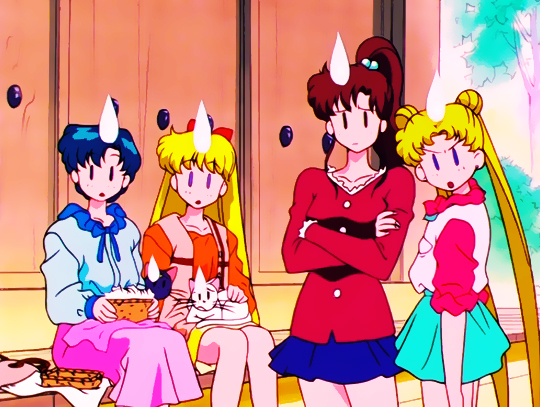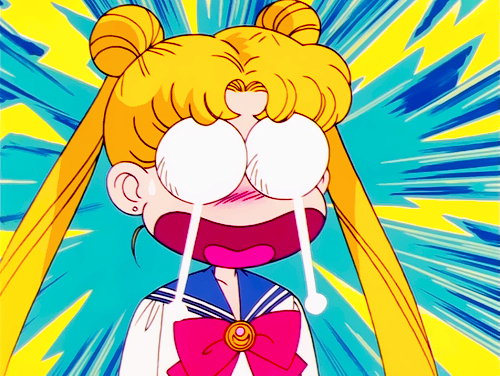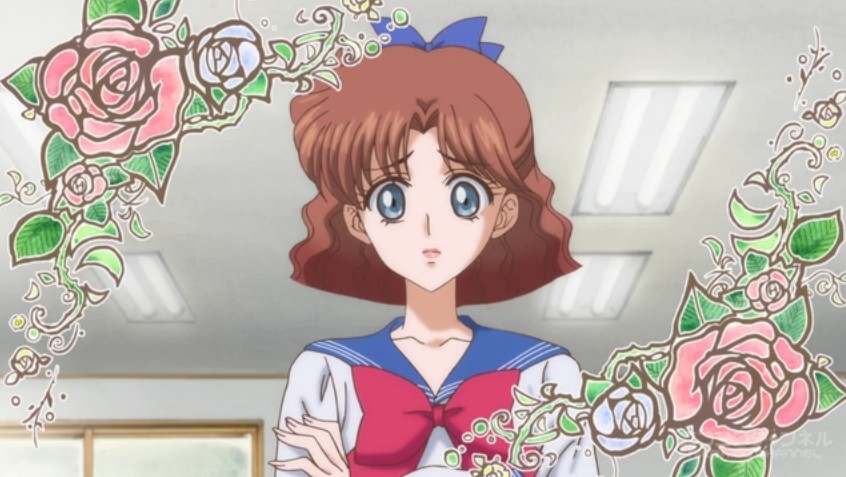While there’s certainly nothing particularly notable in fiction about a main member of the cast (successfully or unsuccessfully) having to move away, Ami’s sudden announcement in the anime1 that she would be going to Germany of all places for her study abroad comes off as a bit random. Moreover, her reasoning – that she wants to be a doctor like her mother – seems completely unrelated. But what’s interesting about this is that while Ami’s sudden desire to go to Deutschland may seem completely random to Sailor Moon fans in the west, it actually made a lot of sense, and even seemed natural, to Japanese fans.
First, a little background on what is strange about Ami going to Germany.
In Japan, every student is required to study English for at least three years in junior high school, though most will study for six, with an additional three years in high school (though high school is not included in compulsory education in Japan).2 Though much can be said about the quality of English education in Japan,3 high scores (on tests, at least) are still seen as important by – and are even required for entering – some of the biggest companies and universities in Japan. With that in mind, why would someone as scholastically focused as Ami choose to go to Germany and not an English-speaking country?
This is where Ami’s mother and, more importantly, her career comes in. Up until around the 1990s, when digital/electronic records started to take over, it was common practice for Japanese doctors to jot down their notes and transcribe information in the patient’s chart regarding their status not in Japanese, but in German. Even the Japanese word for “patient chart,” カルテ (karute), comes from the German word karte.4
Now why would they do that? Well, the reason is two fold. First, many of the Japanese words for medical ailments and conditions involve uncommon kanji and, when the word has been borrowed, it would make more sense to write the foreign word rather than a string of katakana to spell it phonetically. Second, it was written in German to keep the patient from reading their own records.
Actively trying to keep a patient from reading their own medical records may sound like lunacy (or even malpractice!) from a 21st century, western point of view, but Japanese media is rife with scenes of a relative dying of some grave illness and only the family being told of how much longer the patient has to live. Informed consent5 wasn’t even required under any Japanese laws until the Medical Care Act6 was revised to include it in 1997. By writing the records in German, it was nearly guaranteed that the patient wouldn’t understand their own prognosis without the doctor to explain.
Though this tradition has mostly gone by the wayside now thanks to electronic records and hospitals generally informing patients of their own medical conditions, in 1993 when this episode aired, that would definitely have still been the case, and thus it would have only been natural that Ami would want to get a head start on studying German so that she could follow in her mother’s footsteps as a doctor.
Though obviously the anime wouldn’t have dared to get rid of Ami (especially considering her popularity), I still would have loved to see her away from the team for a few episodes, or even show her experiencing Germany before coming back. There is one question that’s always bothered me, though: when Ami ultimately does become a doctor, what kind of doctor would she be?
